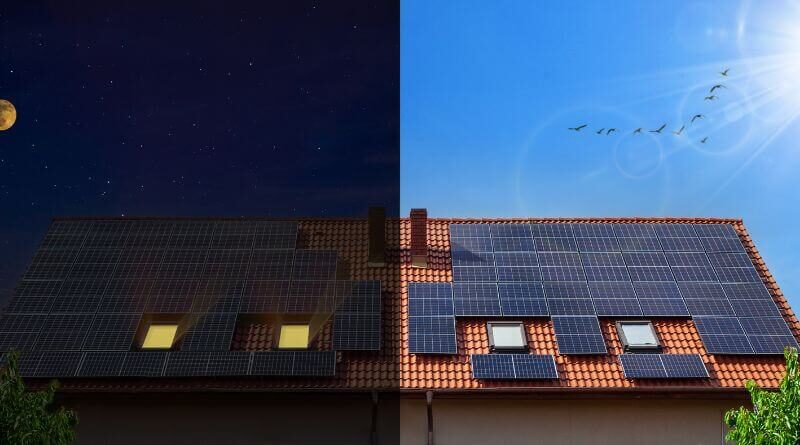Potential to generate solar energy non-stop
A professor at the University of Houston reported on a new type of solar energy generating system that surpasses all existing technologies in efficiency. It also paves the way for 24/7 solar power.
Despite all the great study and improvements of photovoltaic cells and all the historical and science research, there are limits to the amount of solar energy that can be produced and used, because its production is limited only to the daytime. However, a professor at the University of Houston continues his historical search, reporting on a new type of solar power system that surpasses the record efficiency of all existing technologies and paves the way for day and night solar power.
In the Physical Review Applied journal, Bo Zhao, the professor of mechanical engineering, and Sina Jafari Ghalekohneh, the doctoral student, stated that their architecture can increase the efficiency of solar energy generation to the thermodynamic limit, the absolute maximal theoretically possible efficiency of converting sunlight into electricity.
Finding more efficient ways of using solar energy is essential for the transition to a zero-carbon electricity grid. According to a recent U.S. The Ministry of Energy’s Office of Solar Technology and the National Renewable Energy Laboratory have stated that solar energy could account for up to 40% of the country’s electricity supply by 2035 and 45% by 2050 with the presence of significant cost reductions, supportive policies and widespread electrification.
How does it work?
Traditional solar thermal photovoltaic systems (STPV) rely on an intermediate layer that adjusts sunlight for better efficiency. The front of the transition layer (the side facing the sun) is designed to absorb all photons coming from the sun. In this way, solar energy is converted into interlayer heat energy and increases the interlayer’s temperature. However, the thermodynamic efficiency limit of STPV, which has been understood as the black body limit (85.4%) for a long time, is still much lower than the Landsberg limit (93.3%), which is the ultimate efficiency limit for solar energy production.
Zhao explained that their work shows that the efficiency deficit is caused by the inevitable interlayer re-emission towards the sun that results from the reciprocity of the system. They also propose non-reciprocal STPV systems that use an interlayer with non-reciprocal radiation properties. Such an interlayer can substantially suppress the emission back to the sun and bring more photon flux towards the cell. Furthermore, the paper shows that with such an improvement, a non-reciprocal STPV system can reach the Landsberg limit and practical STPV systems with single node photovoltaic cells can also achieve significant gains in efficiency.

